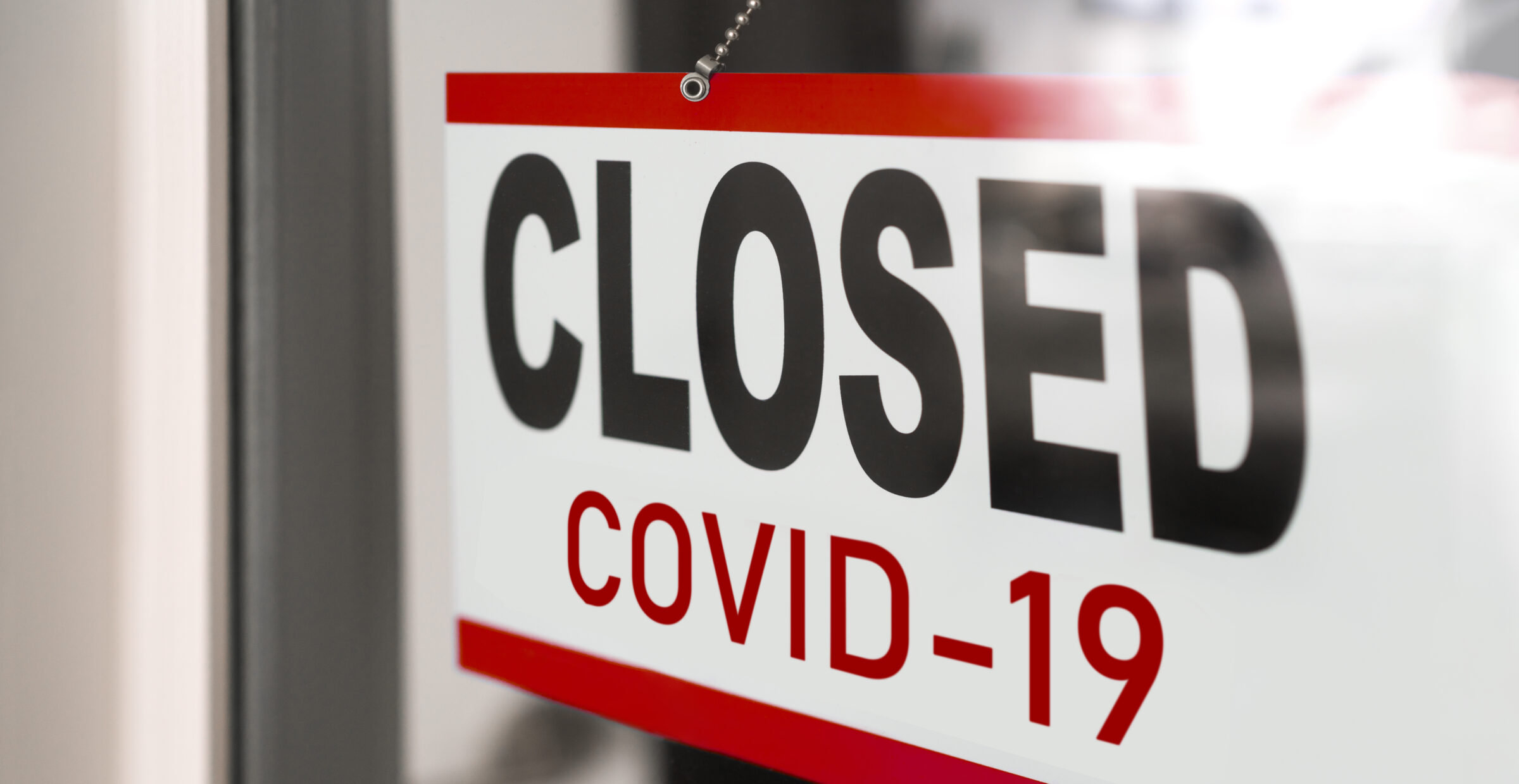A new white paper from the Kansas Health Institute suggests that new federal incentives would lower the cost of Medicaid expansion in Kansas, but experts say their assumptions are seriously flawed.
The paper estimates new enrollment would represent an increase of approximately 36 percent — adding about 109,000 adults and 39,000 children — from the average monthly KanCare enrollment pre-pandemic, but also projects net state KanCare spending would be just 1.4 percent higher (0.14 percent higher per year on average) over 10 years compared to projections based on the pre-pandemic trend. The paper also claims that expansion would provide an estimated $418 million in savings over two years.
But none of these estimates appear to be realistic.
According to Sam Adolphsen, the Policy Director for the Foundation for Government Accountability, there are inevitable issues with expansion, starting with wildly inaccurate enrollment and cost projections.
“Estimates here follow the same path as all the flawed estimates before them, in not just Kansas, but around the country,” Adolphsen said. “Universally, studies by left-wing groups, people purporting to be nonpartisan, and even hospitals have all been wrong on Medicaid expansion, and for the same basic reasons. And this latest brief by KHI makes those same mistakes.”
Flawed assumptions hidden in technical notes
Adolphsen says most of the flawed assumptions are not in the “issue brief” but are in the technical notes.
“The second document is very important,” he said. “It looks more boring because they didn’t put, you know, pretty charts on there, but that’s where the assumptions are all located. And so there are flaws in their assumptions that lead them to their enrollment and their cost estimates.”
First, Adolphsen said, the study relies on Census Bureau data to define eligibility, which is different from the data the Center for Medicare and Medicaid Services uses, and so the estimates usually undercount eligibility by around 50%.
Adolphsen noted that in Colorado, the enrollment was 184% of projections, and it was 168% in Washington.
He further noted that the KHI study projects only a 74% take-up rate for newly eligible adults.
“That is way too low,” Adolphsen said. “In almost every state that’s expanded, the take-up rate has been well over 100%. The nationwide average is 160% of enrollment estimates.
Another major flaw, according to Adolphsen, is that the brief assumes that enrollment — regardless of expansion — will return to pre-COVID levels when the “public health emergency” ends.
However, that is simply unlikely to happen.
‘Medicaid Handcuffs’ prevent reductions in enrollment
“They assume the emergency ends and all members who are no longer eligible will be disenrolled by January 1, of ’23,” Adolphsen said, adding that what he calls the Medicaid Handcuffs will prevent that. “States received extra money under the Families First Coronavirus Response Act. States get extra Medicaid money, but the catch is they have not been allowed to remove anyone from the program since 2020.
“So even if someone was eligible to go on the program, then went and got a job later and became ineligible, they cannot be removed and remain on Kansas Medicaid. That will be in effect until the public health emergency ends.”
Adolphsen said that people could voluntarily remove themselves, but there’s little incentive to do so.
KHI assumes anyone ineligible will be disenrolled by January 1, 2023. But the public health emergency was recently extended to at least mid-June of this year — and it could be extended into next year.
Adolphsen says CMS has given guidance that states will have as much as 14 months to remove those who are ineligible from the rolls after the emergency ends, and Kansas Health Institute makes no allowance for that.
“In a good red state, we would assume they would quickly disenroll them,” he said. “However, the feds are really leaning on states to slow roll that and make sure that ‘no one’s harmed.’
“In a state run by Governor [Laura] Kelly and her Medicaid agency, you can expect that they’re going to extend those enrollments as long as they can.”
Cost is another major potential flaw in the Kansas Health Institute brief. Michael Cannon, Director of Health Care Policy at Cato Institute, says per-enrollee spending has exceeded projections by 64%. Additionally, an audit found Kansas has a sloppy history of overpaying providers.
Expansion would also kick residents off private insurance.
On top of a series of flawed assumptions, Medicaid expansion would also remove thousands from the private insurance marketplace.
The ACA — or “Obamacare” — Silver Plans require zero out-of-pocket for those up to 120% of the federal poverty line.
“You’re getting essentially the private plan for free,” Adolphsen said.
But by law, anyone eligible for Medicaid becomes ineligible for those plans and they are kicked off.
The bottom line
Nicholas Horton is a national health care and Medicaid expert who has worked on Medicaid Expansion in over 20 states. He lives in Arkansas, which implemented expansion, and says it hasn’t ever met projections anywhere in the country.
“As an Arkansan, I’m daily seeing the effects that Medicaid expansion is having on our state in our state budget, and it’s a disaster,” he said. “In general, I would say states that expanded Medicaid have continued to regret it. Enrollment and cost have continued to shatter expectations, costing taxpayers billions more than promised and taking even more resources away from the truly needy.
“It doesn’t matter how many coats of lipstick or how much window dressing you put on it; at the end of the day, Obamacare’s Medicaid expansion is a massive welfare expansion to able-bodied adults, and there’s no way to make that a conservative proposition. Kansas should be proud that they’ve held the line and continued to protect their Medicaid program for the truly needy.”



